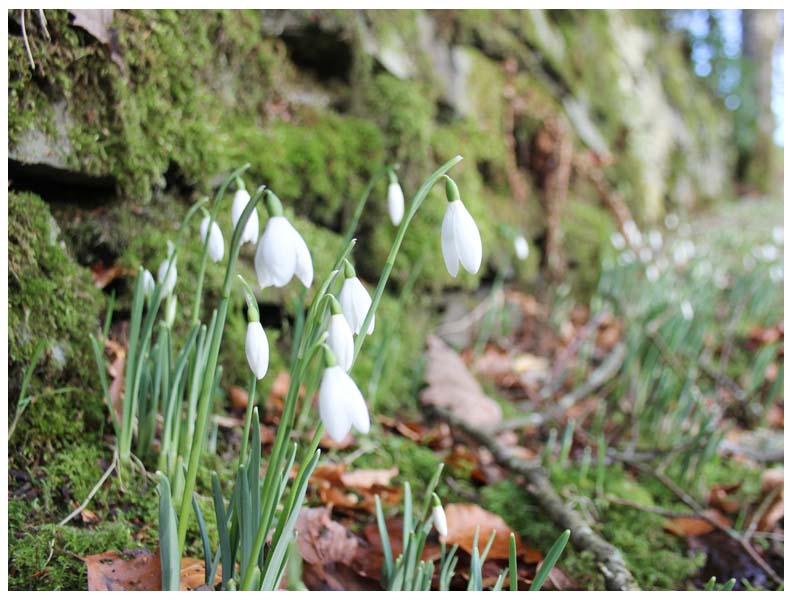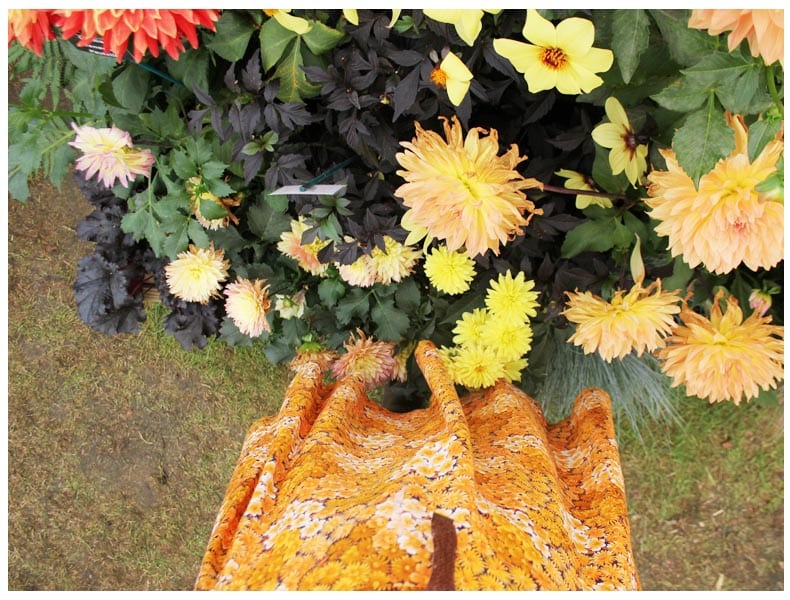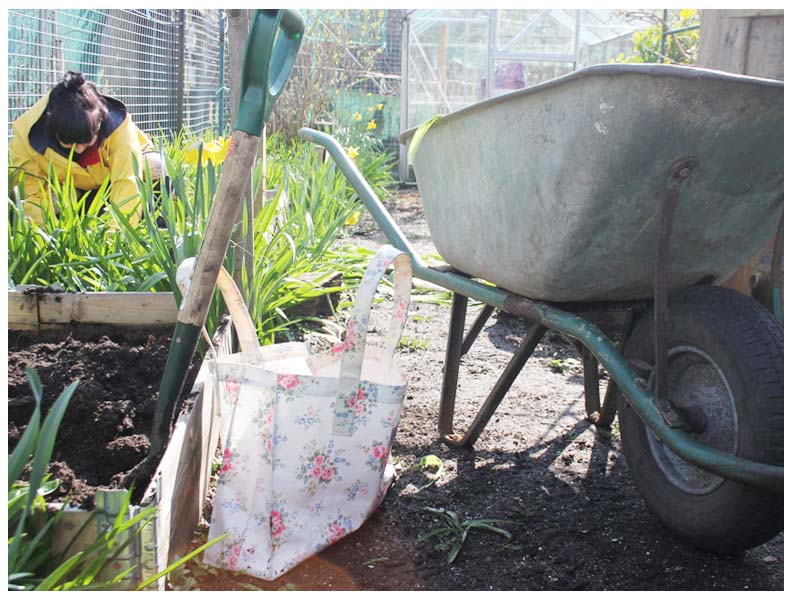If you think February is too early to be out in the garden, then think again. There are plenty of things you should be planting next month, many of which you can start in the warmth and comfort of your home – or greenhouse, if you have one.
So, here is the what, where and how of planting around St. Valentines Day…
Snowdrops: February is the perfect time to buy and plant container-grown snowdrops – you will want to add some compost to the soil as well as a small amount of bonemeal. Then make sure you plant them slightly deeper than they were in the pot.
Lily bulbs: You can also pot up lily bulbs now so that they will flower in early summer – these should be kept somewhere light and frost free in barely moist compost. Lily bulbs rot easily in overly wet conditions, so only increase watering if the compost dries out. 
Fuchsia or Chrysanthemums: If you have Fuchsia or Chrysanthemums, now is the time to be potting them, but make sure you keep these inside. You can also bring dahlias out of hibernation and pot them in a compost filled tray, either single or dormitory style.
You may also want to plant pansies, violas, primroses and heather – to start brightening up your garden ahead of spring.
Vegetables: If you have a vegetable patch, from mid-February onwards you want to be sowing tomatoes and cucumbers seeds for greenhouse or indoor growing. Plant garlic and shallots in light soil and peas can also be sown in the greenhouse but make sure there are drainage holes.
If you have light sandy soil and live in a milder part of the country you can also sow the likes of broad beans, carrots, parsnips, beetroot, lettuces, spinach and peas outside – but make sure you put them under cloches.
Top tip: Remember, if the weather turns particularly dry, your pots and containers will need watering, especially if they are sheltered or near a wall but be careful not to overwater them.
Tidy up: As well as planting, there are also lots of jobs you can be doing around your outdoor space. For example, you should still be making sure that any vulnerable plants are protected from frost and cut back any overgrown hedges or shrubs. If bulbs have started to come through then you want to use a sheet of glass of perplex placed on a pile of bricks to protect them from rain and snow.
Re-planting: This is also the time to be thinking about re-planting, if you intend to do so. Towards the end of the month, as the weather starts to improve a little, you can lift and divide perennials and also start prepping the borders for the planting of hardy annuals. The hardy annuals can then be sown in pots or modules to provide colour. 
When you have finished planting you should also be ordering your summer flowering bulbs now – ready for planting in spring, when the soil begins to warm up.
Aside from this you might want to repair and replace your gardening tools, so they are ready to use in spring and you won’t have to do it when you need them most.
Christine
x




